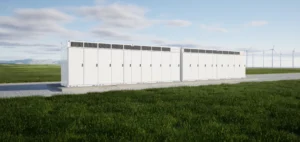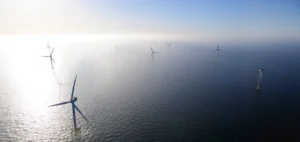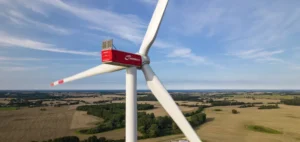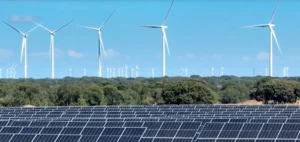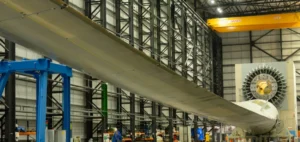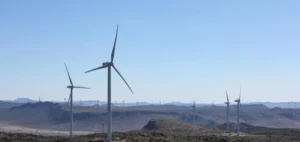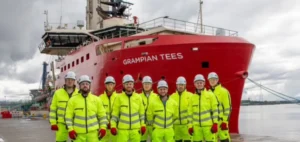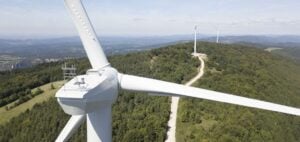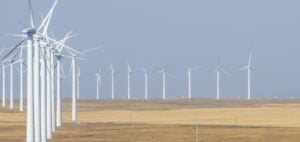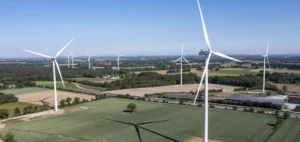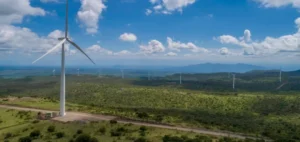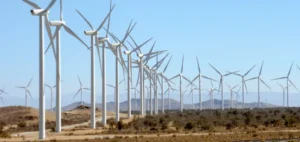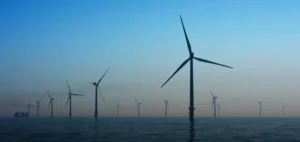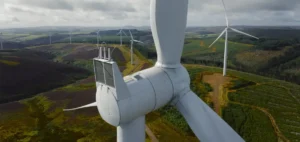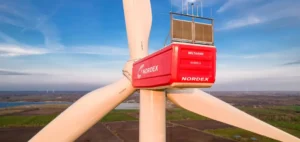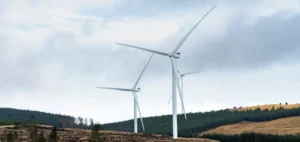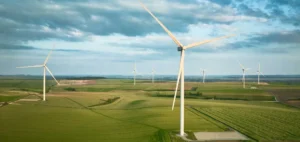France must speed up the time required to appraise offshore wind projects to achieve its development objectives and encourage competition, according to Emmanuelle Wargon, president of the Commission for Energy Regulation (CRE), which examines the files. The EDF Renewables consortium has been commissioned to build the eighth commercial offshore wind farm off the Contentin coast by 2031. While France is considering the construction of about fifty parks by 2050, Wargon proposes to call more power at once to go faster and diversify the actors involved. It also wants the specifications to be strengthened to ensure the viability of the projects.
The proposed tariff for the electricity produced represents 70% of the selection criteria and the prices offered by the applicants are currently very low. Wargon considers that this is good news for public finances, provided that it is sustainable for project developers. It mobilized an abnormally low bidding procedure to verify that the low-priced bids were sustainable for the Normandy tender.
To accelerate the construction of offshore wind farms, Wargon proposes to massify the calls for tender. This could be done by planning areas by sea front and calling for more power, such as 2, 3, or 4 GW of power, over several lots, instead of one lot of 1 GW. It also suggests shortening the project appraisal process by publishing specifications directly, which would save about six months and could be applied to future calls for tender.
In order to meet its offshore wind development objectives, France must accelerate project appraisal times, encourage competition and increase the number of tenders. Wargon proposes concrete measures to achieve these goals and ensure the viability of future projects.



